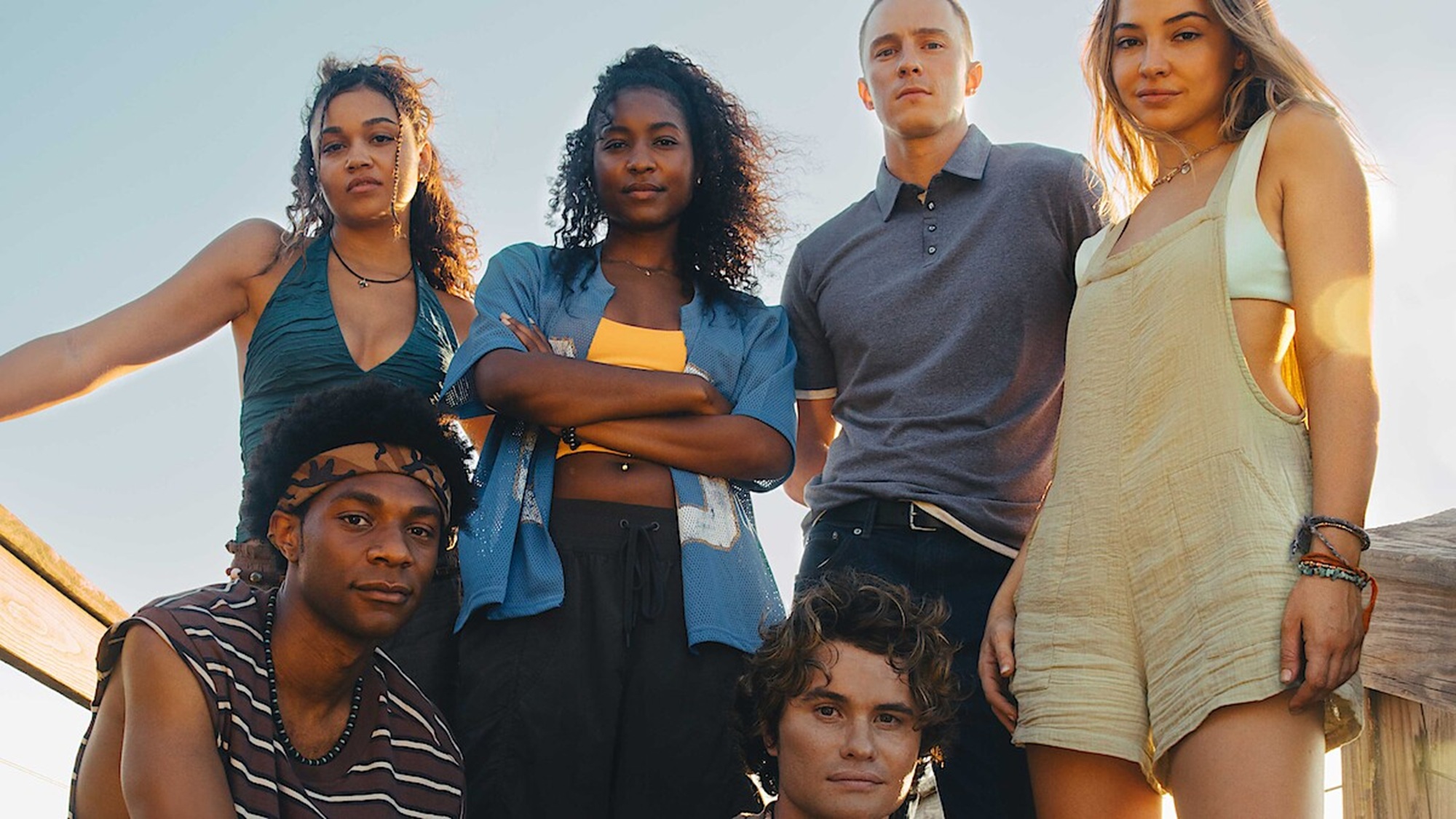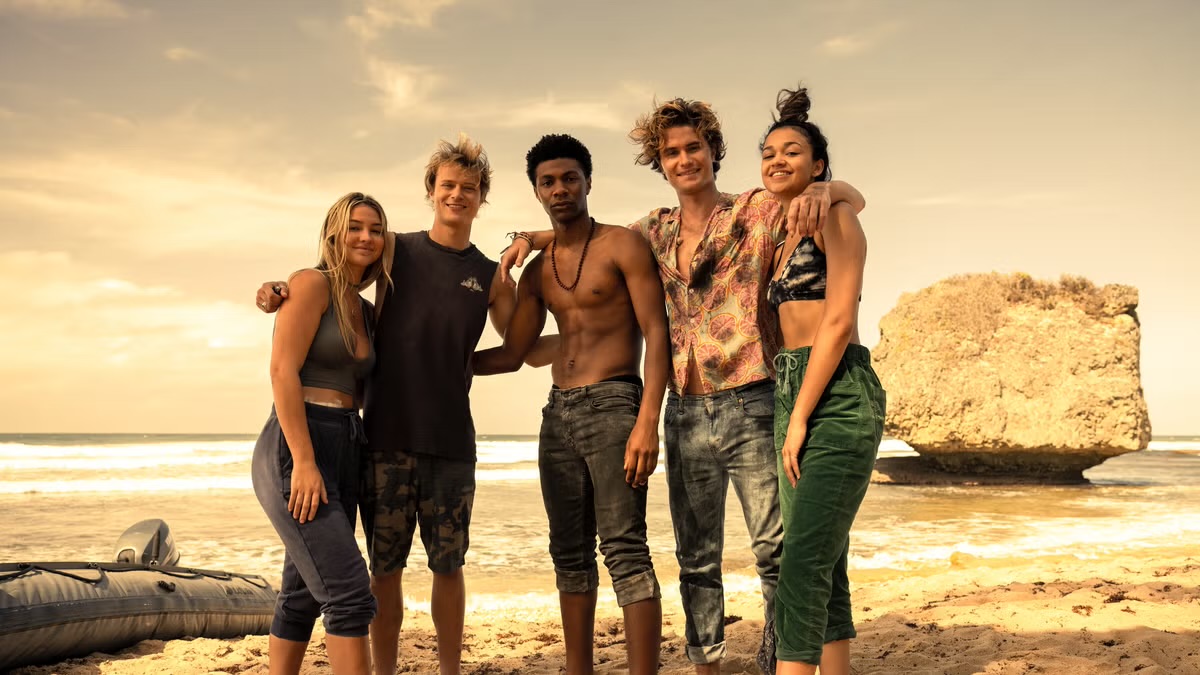When Outer Banks first premiered on streaming platforms, it quickly transformed from a modest teen drama into a cultural phenomenon. With its sun-drenched beaches, high-stakes treasure hunts, and a cast of rebellious teens navigating love, loyalty, and survival, the series has become one of the most talked-about shows of the decade. But beyond the glossy surface of adventure and romance, Outer Banks reflects deeper themes of class division, identity, and the universal desire for freedom.
A Tale of Two Worlds
At the heart of the series lies the clash between the “Pogues” and the “Kooks.” The Pogues, working-class locals, are constantly at odds with the wealthy Kooks, who dominate the island’s social and economic landscape. This divide is more than just a backdrop—it drives the narrative, shaping the characters’ choices and fueling the tension that keeps audiences hooked. The treasure hunt that propels the story becomes a metaphor for opportunity, escape, and the pursuit of something greater than circumstance.
Characters That Resonate
The show’s success is also rooted in its characters. John B, the determined leader of the Pogues, embodies resilience and hope, while Sarah Cameron, the Kook who crosses social lines, represents the possibility of breaking free from expectations. Supporting characters like JJ, Kiara, and Pope bring depth, humor, and heart, each grappling with their own struggles that mirror real-life challenges faced by young people today. Their friendships, tested by betrayal and danger, highlight the enduring power of loyalty in a world that often feels stacked against them.
The Setting as a Character
Though titled Outer Banks, the series is primarily filmed in South Carolina. Still, the coastal backdrop plays a vital role in shaping the show’s identity. The marshes, beaches, and waterways are more than scenery—they are integral to the story’s adventurous spirit. The setting evokes a sense of endless summer, freedom, and danger, creating a world that feels both idyllic and treacherous.
Cultural Impact
Beyond the screen, Outer Banks has left a mark on popular culture. Its influence can be seen in fashion trends, with fans adopting the laid-back coastal style of the Pogues. Social media platforms buzz with fan theories, edits, and discussions, keeping the show alive between seasons. For many viewers, the series offers not just escapism but also a sense of belonging to a community that celebrates adventure and resilience.
Praise and Criticism
Critics have noted the show’s fast-paced storytelling and charismatic cast as key strengths, though some point to its melodramatic twists as over-the-top. Yet, it is precisely this blend of drama, romance, and suspense that has endeared Outer Banks to its audience. The series doesn’t aim for subtlety—it thrives on spectacle, cliffhangers, and the thrill of the chase.

More Than Just a Teen Drama
While marketed as a teen series, Outer Banks appeals to a broader audience. Its themes of class struggle, the pursuit of dreams, and the bonds of friendship resonate across generations. In many ways, it revives the spirit of classic adventure tales, reimagined for a modern audience hungry for both escapism and relatability.
The Legacy of the Pogues
As the series continues, its legacy grows. Whether it’s inspiring travel to coastal towns, sparking conversations about inequality, or simply providing a thrilling escape, Outer Bankshas secured its place in the cultural landscape. For fans, the Pogues’ journey is more than just a treasure hunt—it’s a reminder that even in the face of impossible odds, adventure and hope are always within reach.


